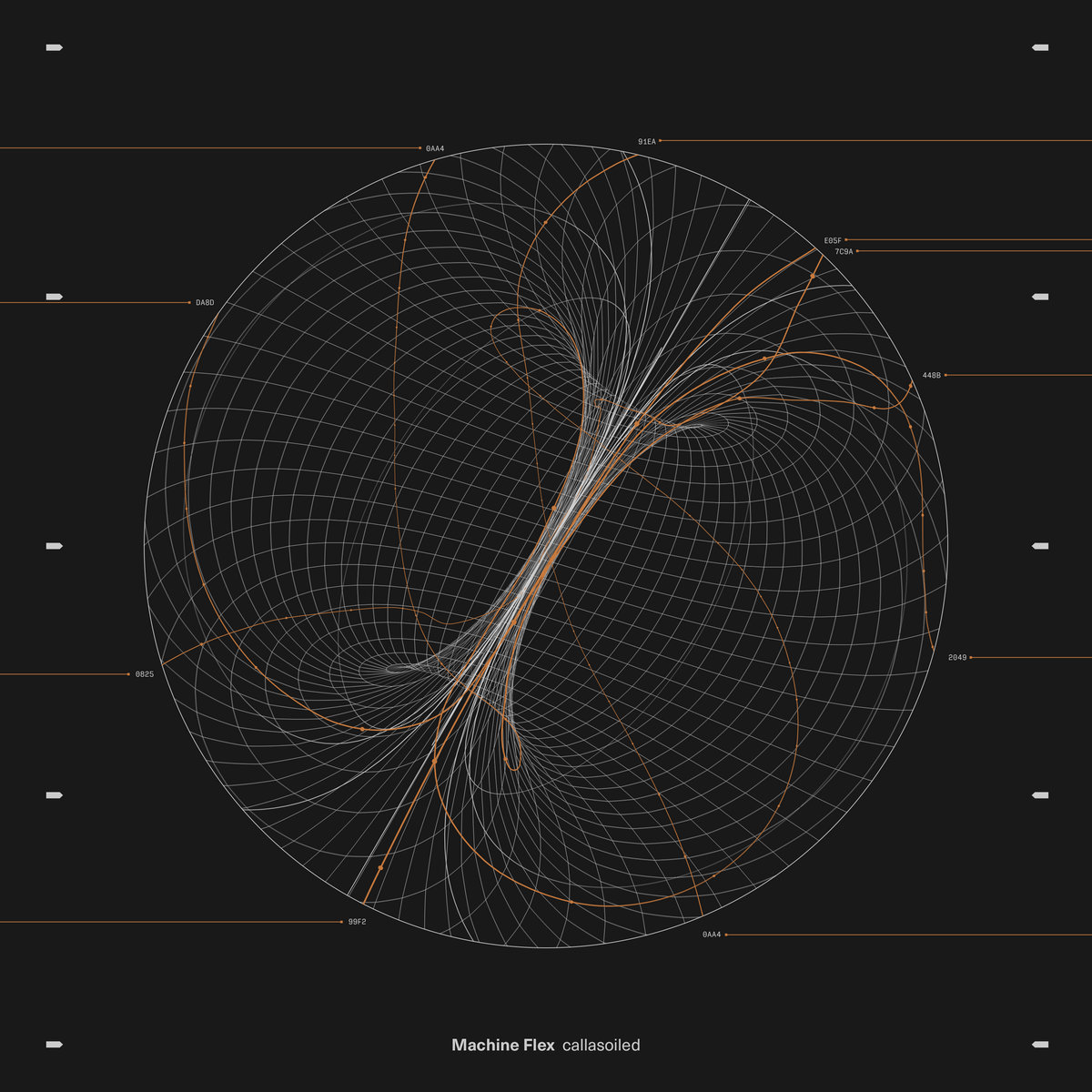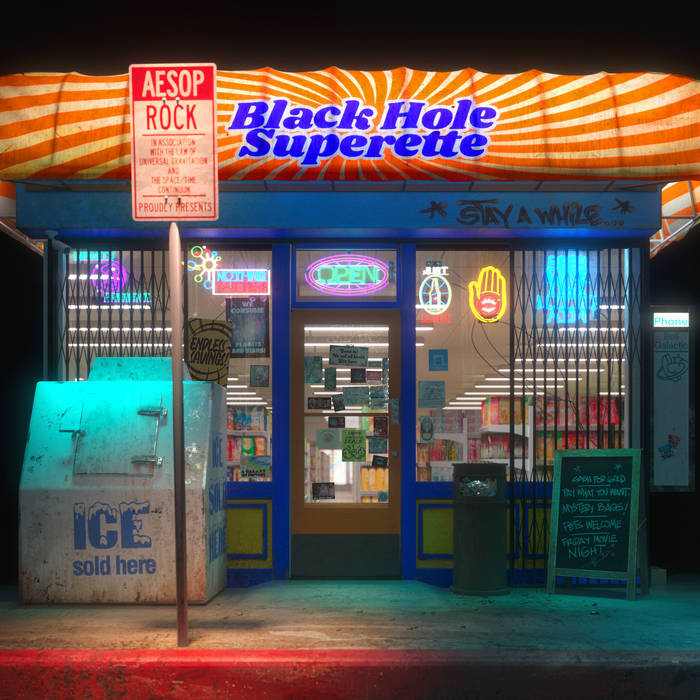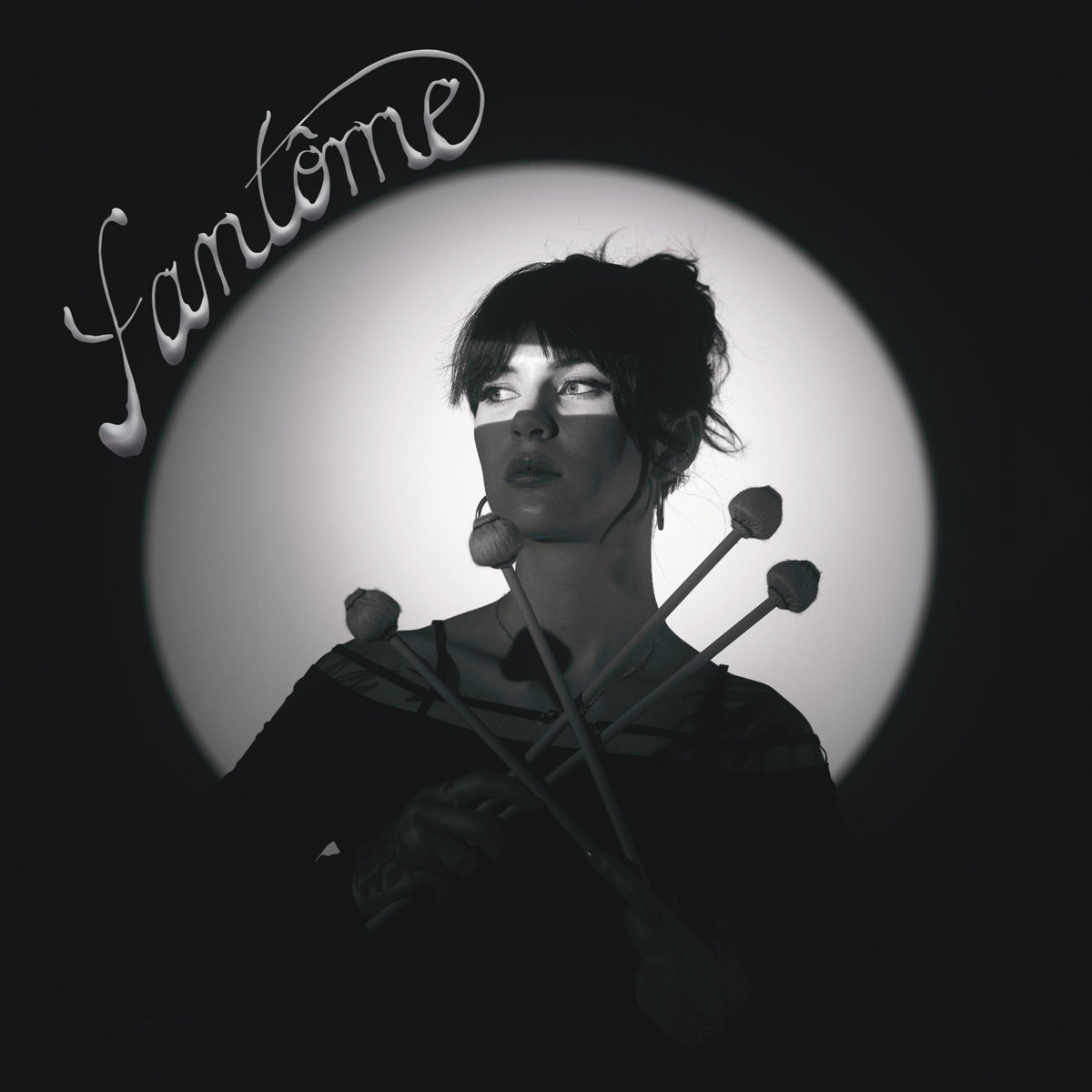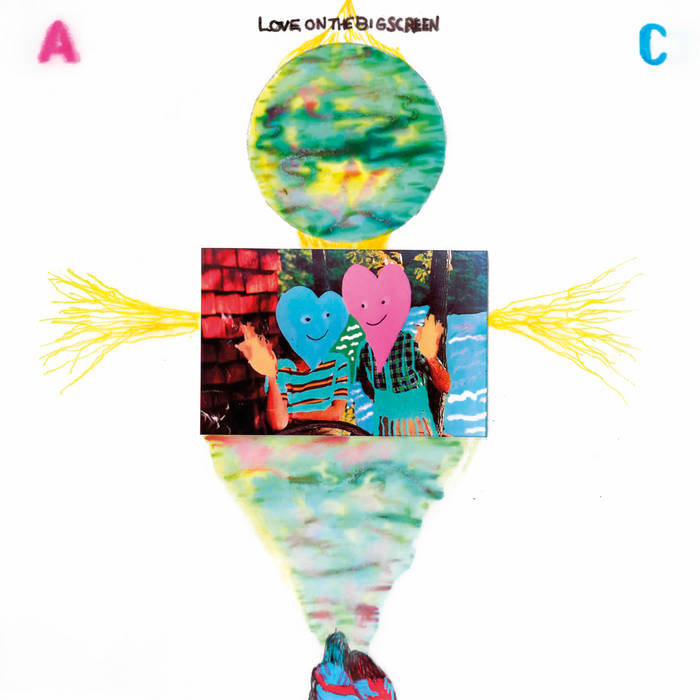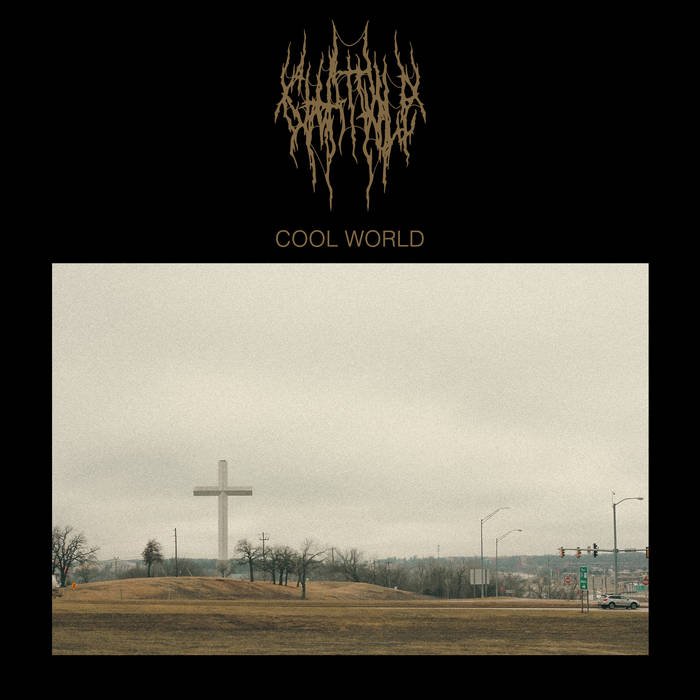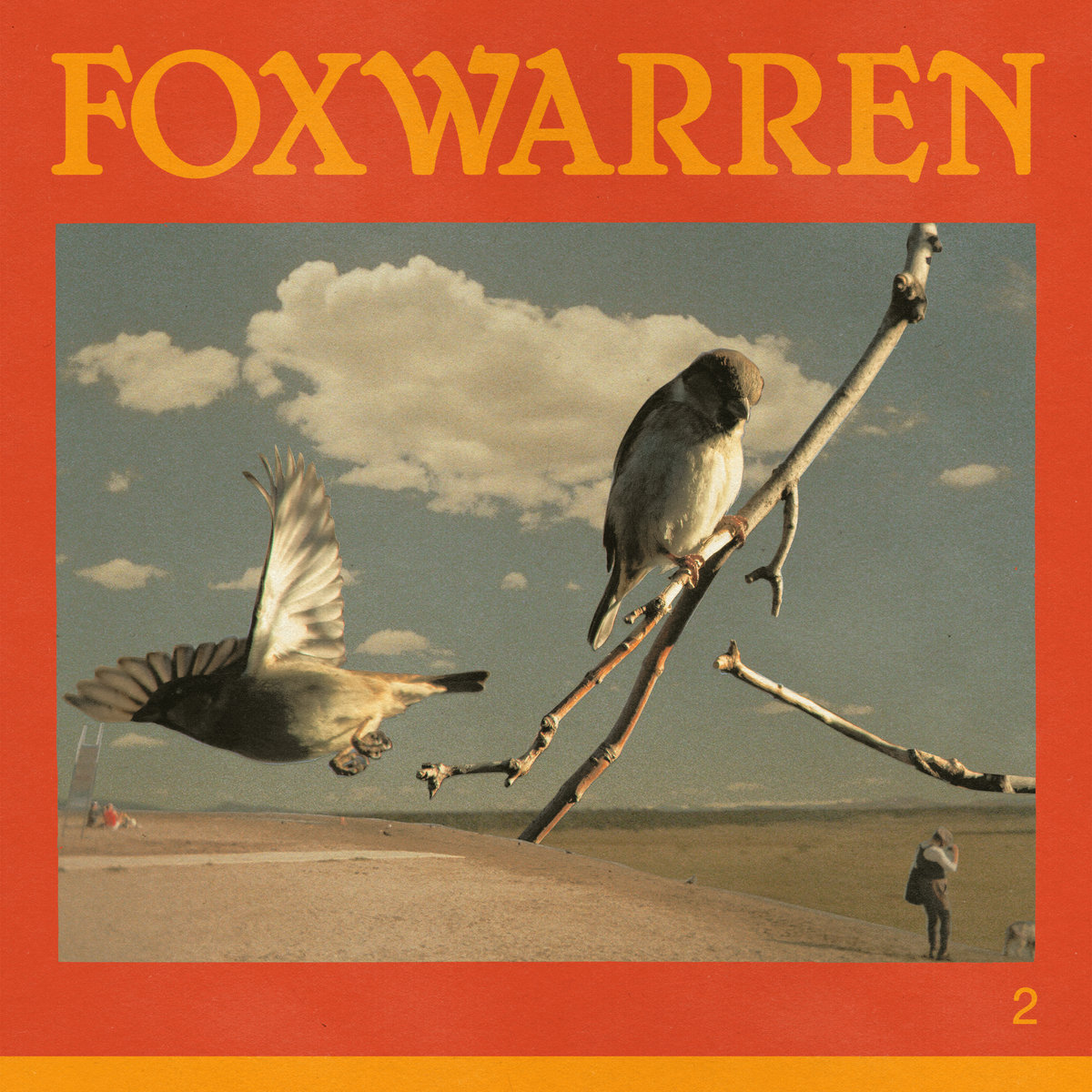Afterhours Charts
| Artist | Record | Label | |
| 1 | CALLASOILED | Machine Flex | Self-Released |
| 2 | FROST CHILDREN | SISTER | True Panther/Dirty Hit |
| 3 | PEARLY DROPS | The Voices Are Coming Back | Music.Website |
| 4 | NINAJIRACHI | I Love My Computer | NLV |
| 5 | ISAAC SHERMAN | A Pasture, Its Limits | Self-Released |
| 6 | GNB CHILI | RND | Self-Released |
| 7 | MACHINE GIRL | “Come On Baby, Scrape My Data” [Single] | Future Classic |
| 8 | LUA TRILOGY! | おやすみシューゲイザー (Goodnight Shoegazer!) | Self-Released |
| 9 | ZZKILLME | Lucky Star ✰ | Self-Released |
| 10 | TURQUOISEDEATH | Guardian | Plantasia |
Afterhours Adds
| Artist | Record | Label | |
| 1 | CALLASOILED | Machine Flex | Self-Released |
| 2 | FROST CHILDREN | SISTER | True Panther/Dirty Hit |
| 3 | PEARLY DROPS | The Voices Are Coming Back | Music.Website |
| 4 | ISAAC SHERMAN | A Pasture, Its Limits | Self-Released |

